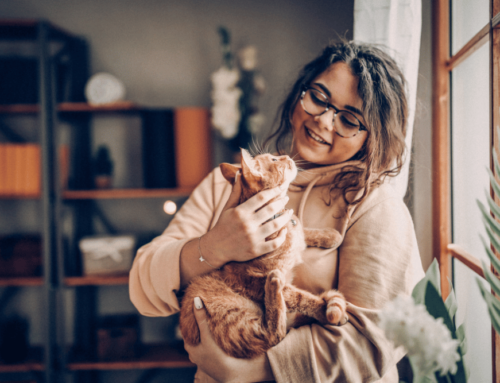I’m a coffee drinker by morning (and sometimes early afternoon), but a tea drinker day and night. While I know what I like when it comes to tea, I’ve never considered myself an expert (far from it). I can eloquently* explain the difference between true tea (leaves from the plant Camellia sinensis) and not-true tea (basically anything else you can steep in hot water, and would more properly call a tisane), because true tea contains the polyphenol epigallocatechin gallate, or EGCG for short, and EGCG may have anti-inflammatory properties. I talk a LOT about anti-inflammatory diets.
But when a patient would say to me, “I’ve tried green tea, but I just don’t like it,” other than knowing from personal experience that not all green teas taste alike (and that overbrewing green tea can make it bitter), I was at a loss for suggestions. Thanks to Teavana’s “The Five Senses of Tea” session at the International Food Bloggers Conference (IFBC) last weekend, I now know much more about how and why not all teas are created equal (I am still no expert, but am a more well-informed amateur).
Teavana Master Teaologist Naoko Tsunoda first guided us through a tasting of four pure teas, including Silver Needle Imperial Reserve (a white tea). I wonder how it got its name:
Each “needle” is the unopened bud leaf from the tip of a Camellia sinensis branch. It was a really lovely tea, delicate and floral (in general, white tea is more delicate and less processed than green, oolong and black teas). So what makes one tea different from the next (other than where the leaf came from)? How, and how much, it’s oxidized (exposed to air). This is sometimes referred to as the fermentation of the leaves. Tsunoda said that Japanese teas are typically steamed, while Chinese teas are roasted. She also said that the type of wood used for the fire when roasting tea leaves affects the taste and flavor profile of the tea.
Next we tasted Emperor’s Clouds & Mist (a green tea). Teavana only buys the buds and the next 1-2 leaves from the tea plants, because the leaves that are further down the branch (closer to the plant base) contain more fiber and water and so are less flavorful. Rolling the leaves helps preserve the flavor (the leaves unfurl in the tea water).
Fun fact: quality specialty teas (such as those we sampled) can be reinfused as much as three times (some five times). Considering that these teas are a little spendy, that’s a fantastic benefit!
We also got to watch a Matcha demonstration (and taste the results). I’ve been wanting to try proper Matcha (adding water to the beautiful green powder and whisking to create the drink), but never had. Tsunoda said that Matcha has as much caffeine as coffee. Shade-growing intensifies the caffeine, along with chlorophyll (thus the green color) and other nutrients that help you stay alert. I bought some matcha powder at the Teavana store at Pacific Place after the conference, but they were out of the little bamboo whisks, so I haven’t made any at home yet.
I don’t generally like “fruity” teas, but one sniff of the Strawberry Grapefruit Xue Long and it was true love. This made an extraordinary iced tea, and was super easy to make in the Perfect Tea Maker (at the front of the photo). You brew the tea in the pot, then set it on top of the ice-filled Amandine Tea Pitcher (shown in the background) so the tea can drain out. I was super excited to win both of these lovely contraptions (Teavana raffled off the set they used at each table). Everyone also went home with a macaron tea tin filled with tea and a Perfect Tea Ball.
* I admit I am not so eloquent when I try to say the word “epigallocatechin.” Honestly, I try to avoid saying it in favor of the generic “phytonutrients found in tea.”










